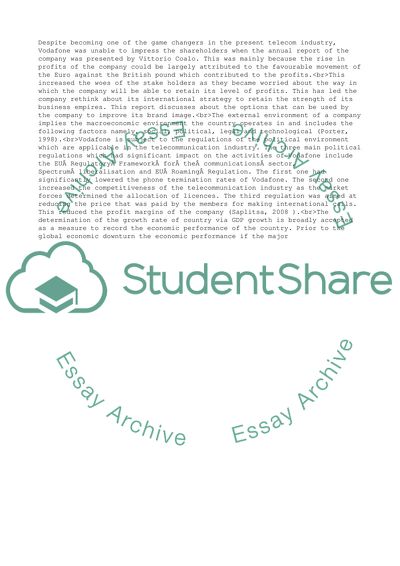Cite this document
(Vodafone: Rethinking the International Strategy Essay, n.d.)
Vodafone: Rethinking the International Strategy Essay. https://studentshare.org/business/1806542-vodafone-rethinking-the-international-strategy
Vodafone: Rethinking the International Strategy Essay. https://studentshare.org/business/1806542-vodafone-rethinking-the-international-strategy
(Vodafone: Rethinking the International Strategy Essay)
Vodafone: Rethinking the International Strategy Essay. https://studentshare.org/business/1806542-vodafone-rethinking-the-international-strategy.
Vodafone: Rethinking the International Strategy Essay. https://studentshare.org/business/1806542-vodafone-rethinking-the-international-strategy.
“Vodafone: Rethinking the International Strategy Essay”. https://studentshare.org/business/1806542-vodafone-rethinking-the-international-strategy.


